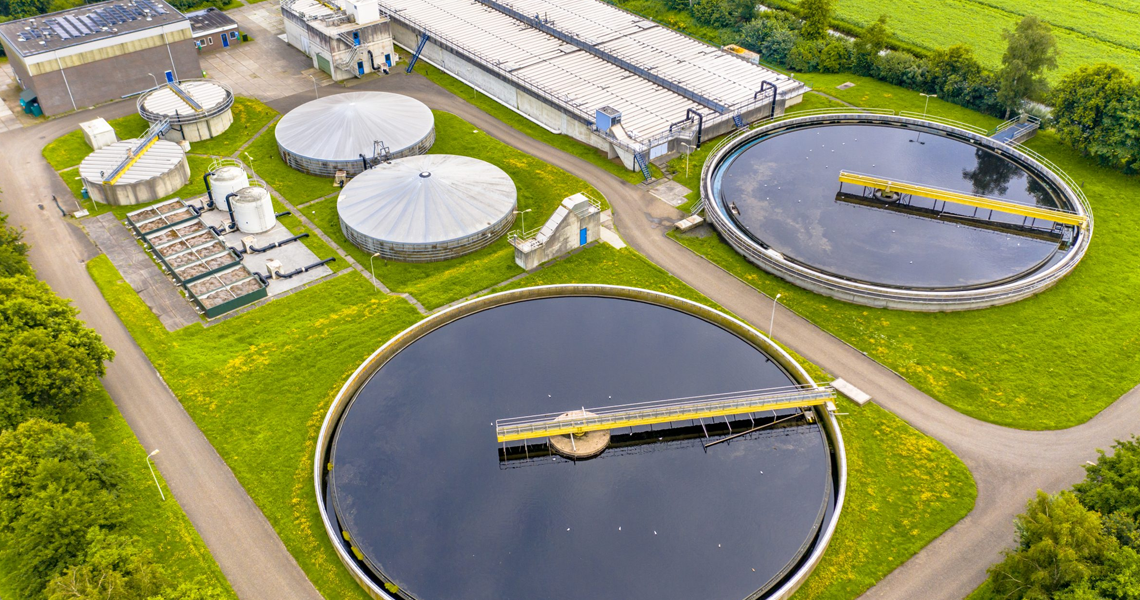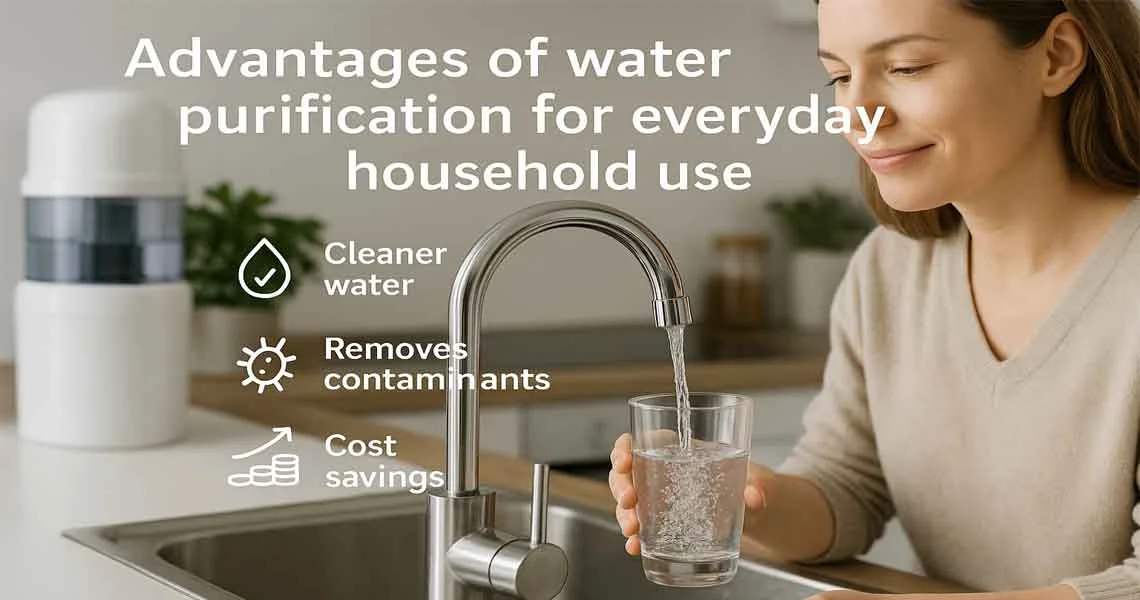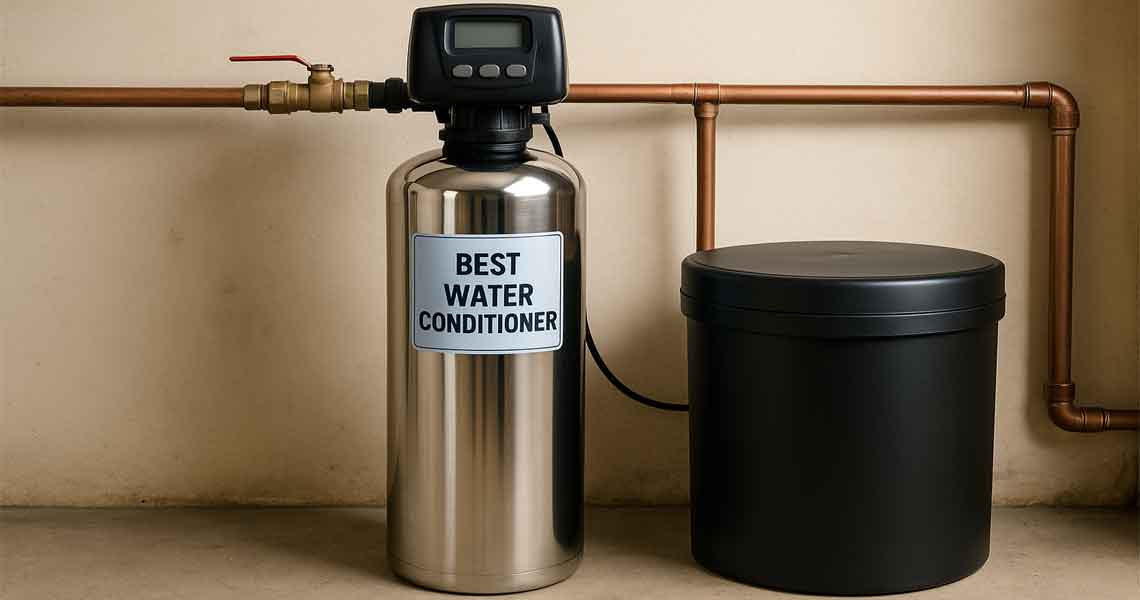Water is one of the most valuable resources in the world; it is a basic necessity of life and forms the bedrock of human/mineral developments across the globe. However, every time the waters are used, the waters become wastewater. It means that such used water full of contaminants has to be treated before being released into the environment or for reuse. Waste water purification or wastewater treatment, as it is sometimes called, is an essential process that plays a vital role in preventing the spread of water-borne diseases and the pollution of our water sources.
This blog is all about understanding the most utilised techniques in waste water purification plants and the overall process of producing clean water. We will also examine the various methods of purifying wastewater and the conditions that justify using one method.
The Importance of Waste Water Purification
If wastewater is not treated, it will have catastrophic effects on the environment and human health. This can lead to contamination of bacteria and viruses, pollution of water sources, and disorientation of water creatures. Wastewater management through proper purification is essential to:
- Protect Public Health: Sewage contains bacterial pathogens that can cause cholera, typhoid, dysentery, and other water-borne diseases. Wastewater treatment facilities eliminate these pathogenic microbes, thus protecting inhabitants from contracting diseases.
- Preserve Environmental Quality: Failure to treat wastewater before discharging it into rivers, lakes, and oceans can drastically affect the environment. Sewage treatment eliminates contaminants that damage the lives of the creatures in the waters and the proper functioning of ecosystems.
- Conserve Water Resources: Wastewater treatment makes it possible to use treated wastewater for purposes like watering plants, industrial purposes, and other purposes such as flushing toilets. This minimises the utilisation of freshwater resources since most water consumed is in its earliest form.
Common Methods in Waste Water Purification
Waste water purification is done through a series of processes that help remove the above pollutants to make the water fit for reuse or discharge. Here’s a closer look at the most widely used methods:
1. Primary Treatment
It is the preliminary step using physical methods to separate coarser particles and materials that float on the water. Some common techniques are screening, desliming, and sedimentation or the initial settling. Screening removes more oversized items, such as rags and sticks, while grit removal deals with more weighty inorganic matter, such as sand and gravel. Primary sedimentation involves the sinking of objects that have greater density than water to the bottom part of settling tanks and creating sludge.
2. Secondary Treatment
The second method of wastewater treatment, secondary treatment, involves using bacteria to treat organic wastes within the material. This is usually done using activated sludge processes, where bacteria, protozoa, and other microorganisms feed on the pollutants. Secondary treatment enhances the removal of the BOD and other pollutants to a considerable extent, hence making the polluted water less dangerous to aquatic life.
3. Tertiary Treatment
This stage is the last treatment that involves further purification and polishing of the secondary effluent. Depending on the desired quality of the treated water, various methods may be employed:
- Disinfection: Water disinfection is usually done with chlorine or ultraviolet light to remove bacteria and viruses.
- Filtration: Sand or membrane filters can filter out the solid particles and other contaminants from water.
- Nutrient Removal: Some wastewater treatment plants may incorporate other steps to eliminate nutrients such as nitrogen and phosphorus, which stimulate the growth of water weeds in water sources.
4. Sludge Treatment
The solids from the primary and secondary treatment stages that have been removed are called sludge. These sludge are treated in wastewater treatment plants through thickening, digestion and dewatering processes. Thickening makes the sludge thicker, while digestion allows for further degradation of the organic matter using anaerobic bacteria. It decreases the water content of the sludge, allowing it to be transported and disposed of or applied in land application.
Choosing the Right Waste Water Purification System
The selection of the most suitable wastewater purification system depends on several factors:
- Type of Wastewater: Industrial wastewater is generally more demanding to treat qualitatively than domestic wastewater since it contains certain pollutants.
- Desired Water Quality: The application or reuse of the water after it has been treated determines the extent of the treatment to be provided. Higher level standards may be required for water reuse purposes.
- Cost and Availability of Technology: It is essential to understand that the installation and/or running expenses of various systems may differ. Waste water management facilities might not afford certain necessary equipment or may lack skilled personnel to operate them.
- Environmental Regulations: Federal and state laws may require a set standard of treatment and an appropriate method for disposing of the treated water.
Waste Water Purification Plants: The Backbone of Clean Water
Waste water purification plants are important because they help protect the health of the public and the environment. Such facilities accommodate sophisticated structures that handle waste water through the processes described above. Qualified wastewater management experts oversee the proper functioning of these plants and the cleanliness of the water undergoing treatment.
The Future of Waste Water Purification
The advancement of technologies in the purification of wastewater remains an increased focus due to innovation. Here are some promising areas of development:
- Membrane Technologies: Membrane filtration technology has progressed over the years and presents effective and economical means of eliminating pollutants and attaining the desired water quality.
- Resource Recovery: Modern wastewater treatment plants seek ways to address this problem with treatment technologies that reclaim valuable resources from the wastewater. Products such as phosphorus, for instance, can be obtained and utilised as fertiliser. On the other hand, energy can be harnessed from biogas generated from sludge digestion.
- Decentralised Treatment Systems: Thus, decentralised wastewater treatment systems are suitable for small communities or distant areas. These compact systems dispose of wastewater near its source, thereby minimising the cost of constructing extensive infrastructure systems and polluting the environment.
- Smart Technologies: There is a gradual shift towards adopting automation and data analytics in wastewater management. Measuring devices and monitoring tools can enhance treatment processes, accomplish organizational goals and objectives, and develop effective and efficient strategies for addressing problems early.
Conclusion
Waste water purification is one of the critical yet not very colourful processes. When implemented in wastewater treatment, pollution control methods enhance the safety of water resources and preserve our natural environment. With increasing awareness of water scarcity and climate change, new technologies in wastewater treatments and resource recovery are essential stepping stones towards sustainability. A clean water society for the future can be provided through drinking water treatment systems and education on proper wastewater treatment.
We must all be responsible water users and agree that wastewater treatment is essential to protect our environment!
We must all be responsible water users and agree that wastewater treatment is essential to protect our environment!





